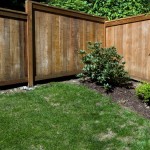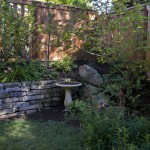The other day I got an email from my friend Victoria. She’s a food stylist (she styled the cover of Omnivore’s Dilemma), cookbook author and generally interesting and curious person. She started a blog, which maybe she’ll continue if enough of us convince her to.
Anyhow, in her email she was desperately trying to find a highbush blueberry that had fruit on it. At the time mine only had flowers on it. I couldn’t imagine any plant in this hemisphere having berries and kind of chuckled about clients being so far disconnected from nature as to think they could get blueberries in early spring. Well, it is New York and if you can’t find it here, you usually know someone who has it. Sure enough, the photo assistant’s family has a blueberry farm in the Berkshires. A call was made and two bushes with berries arrived in time for Victoria’s shoot. Don’t ask me how they found a bush up north that had full-sized berries on it, but they did.
After the shoot, Victoria offered me the bushes. And being the scrappy (greedy?) gardener that I am, I walked to her house to pick them up. They were enormous and heavy, but I managed to walk home with one slung over each hip. I am thrilled to have these massive bushes because I have one with blooms and another very immature one that wasn’t able to help with cross-pollination. You can see the difference between the new bush with it’s huge berries and mine, which I don’t think will develop into berries.

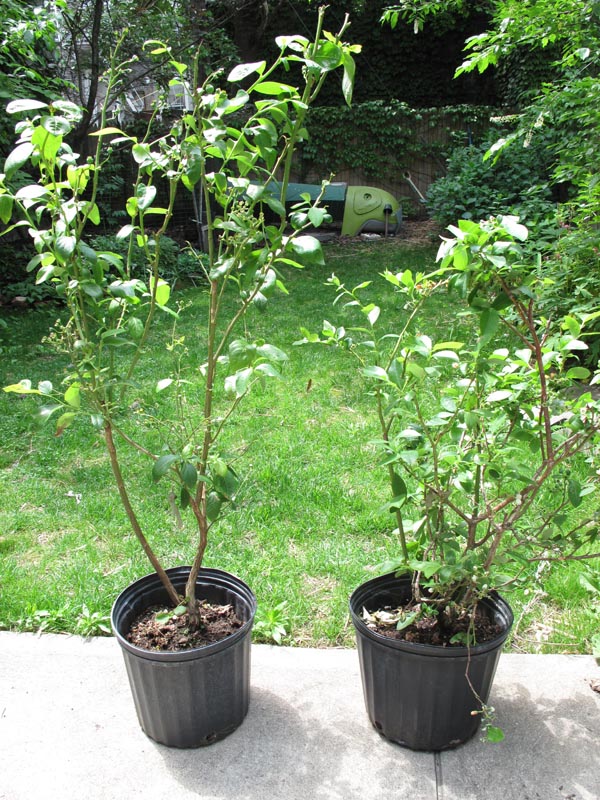
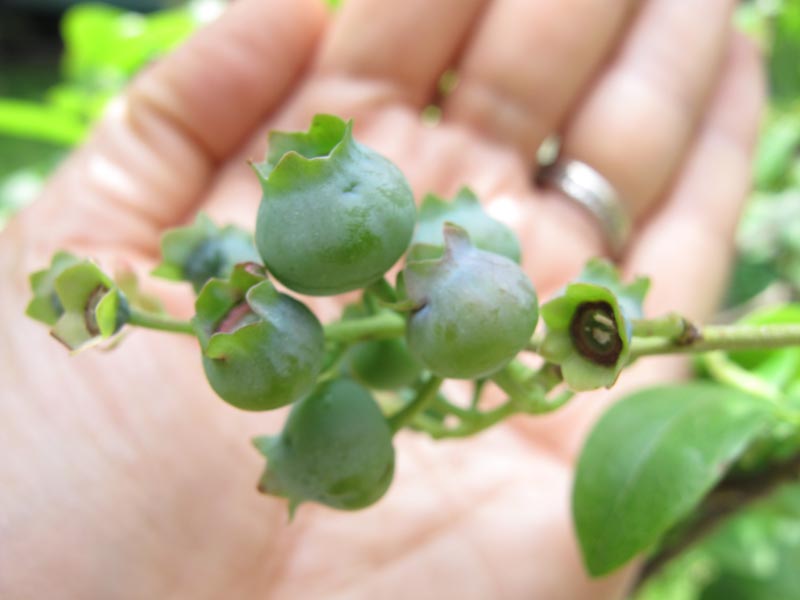
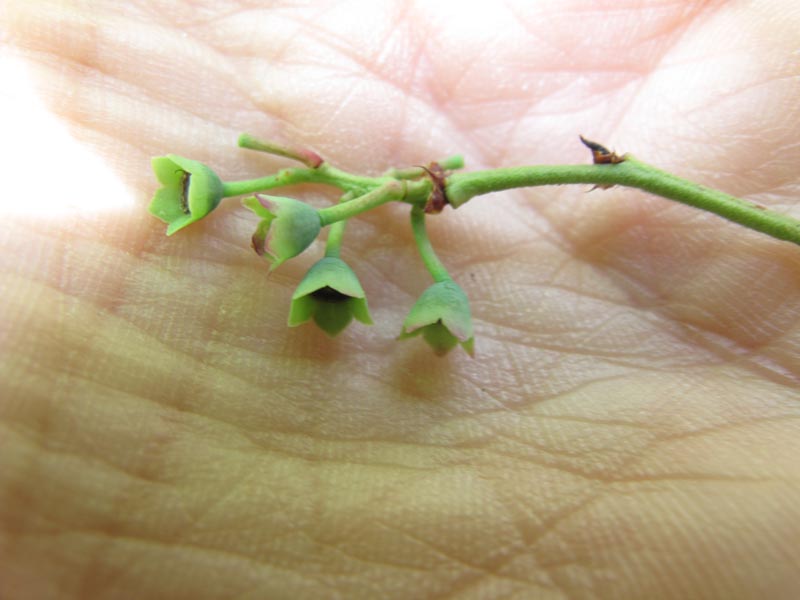
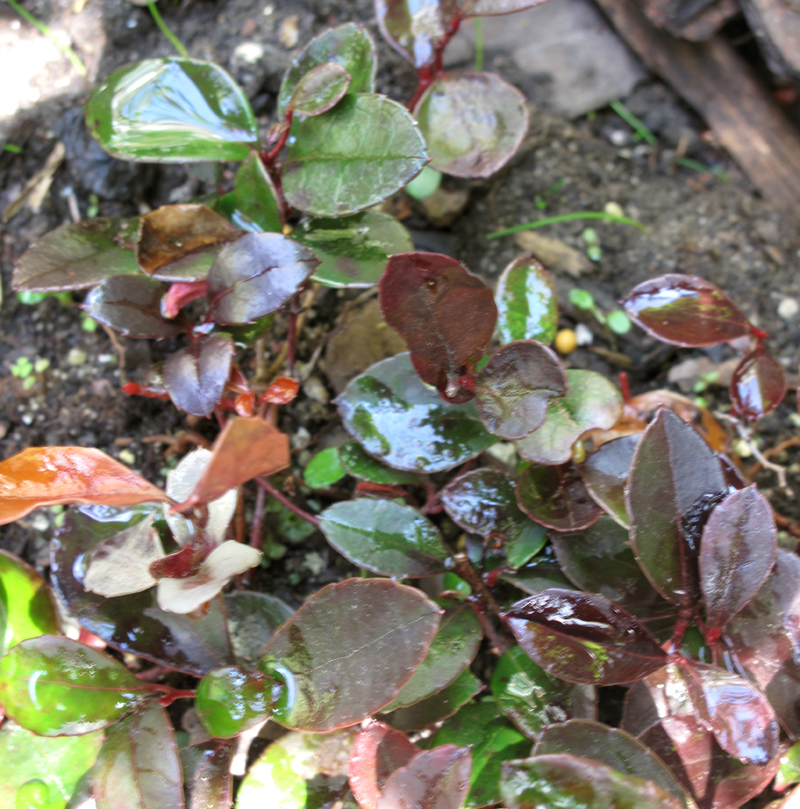
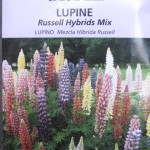
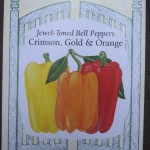
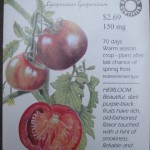
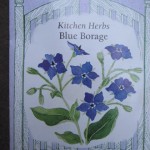
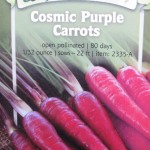
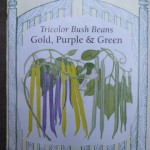
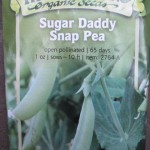
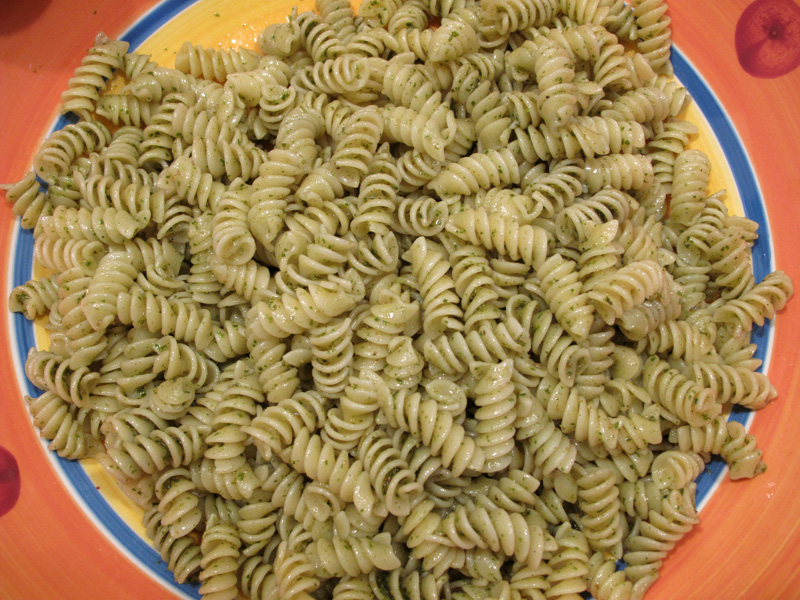
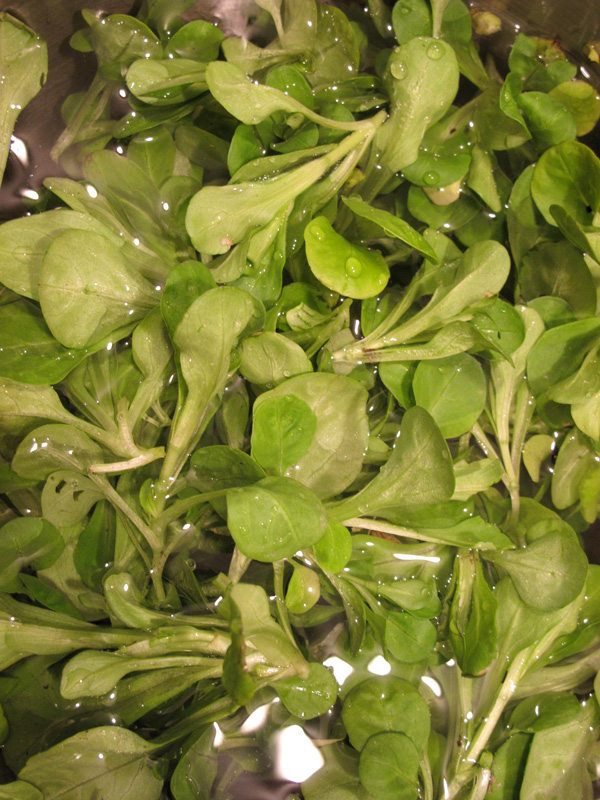
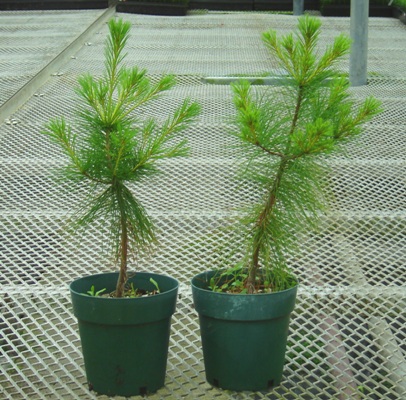
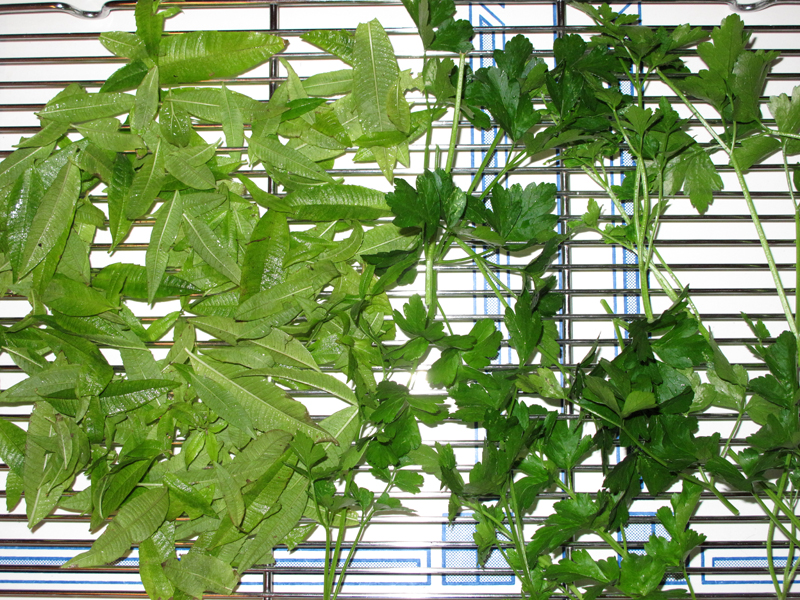
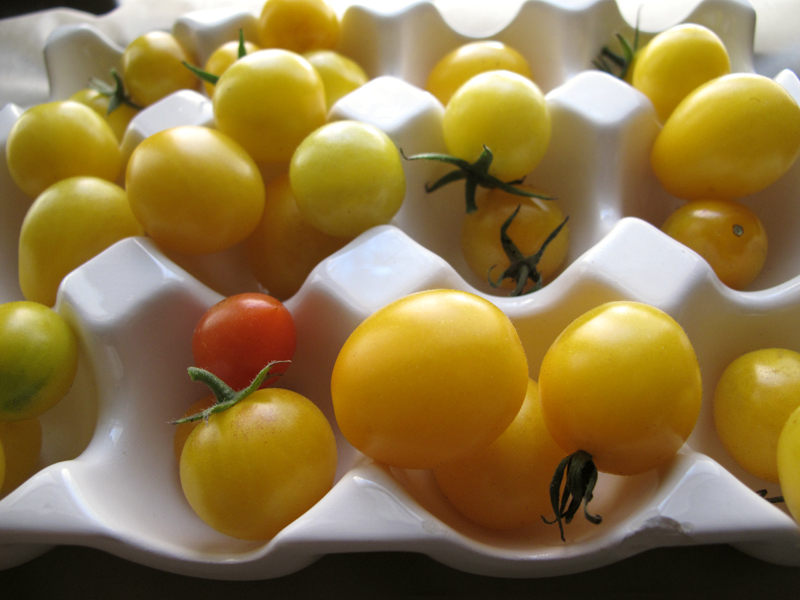
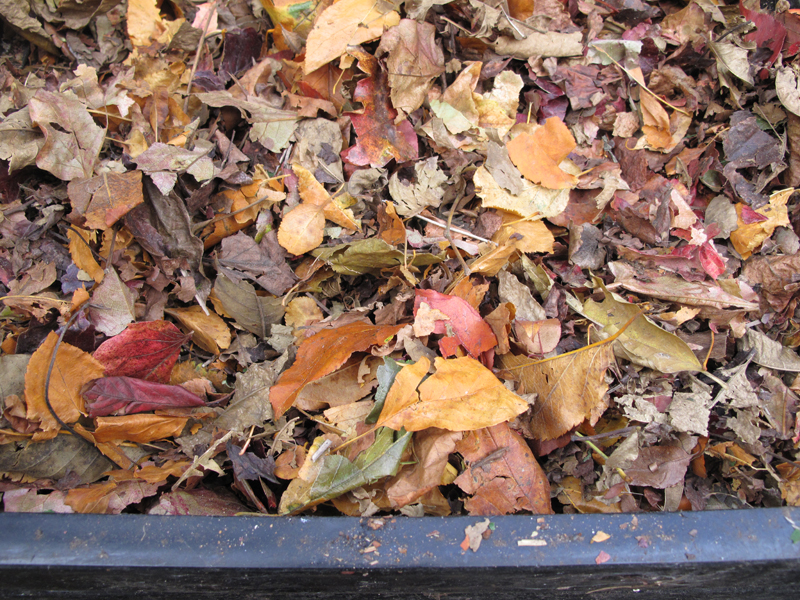
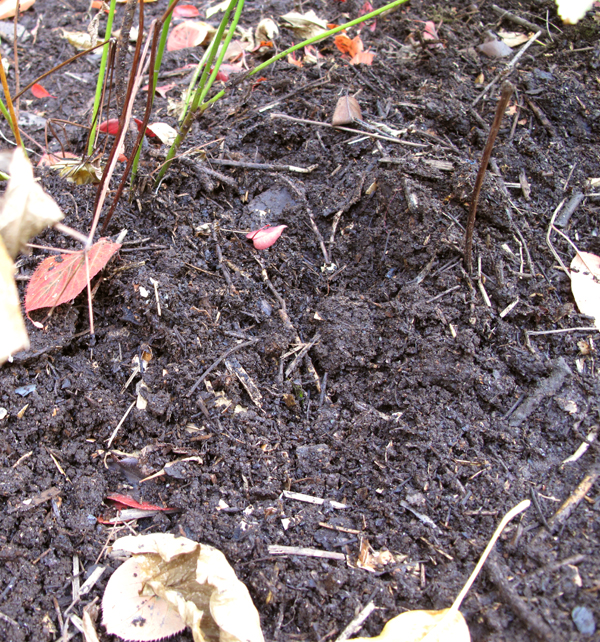
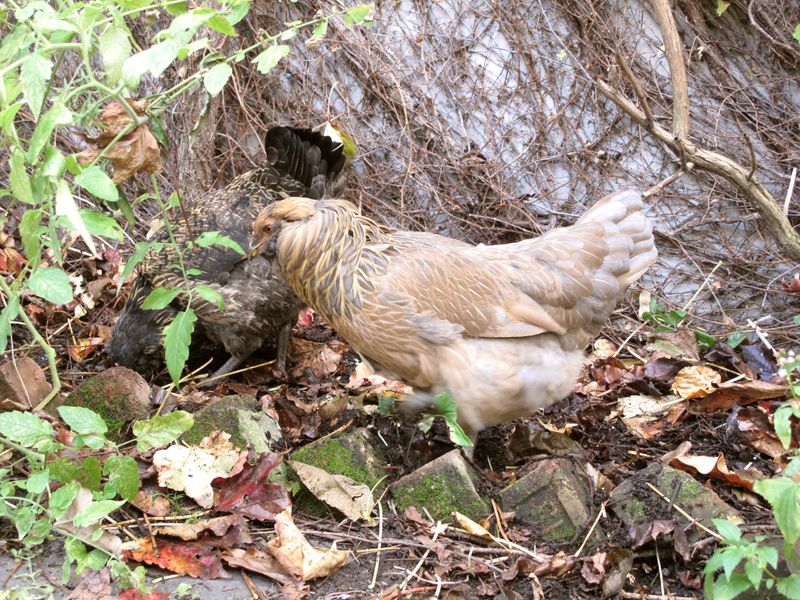
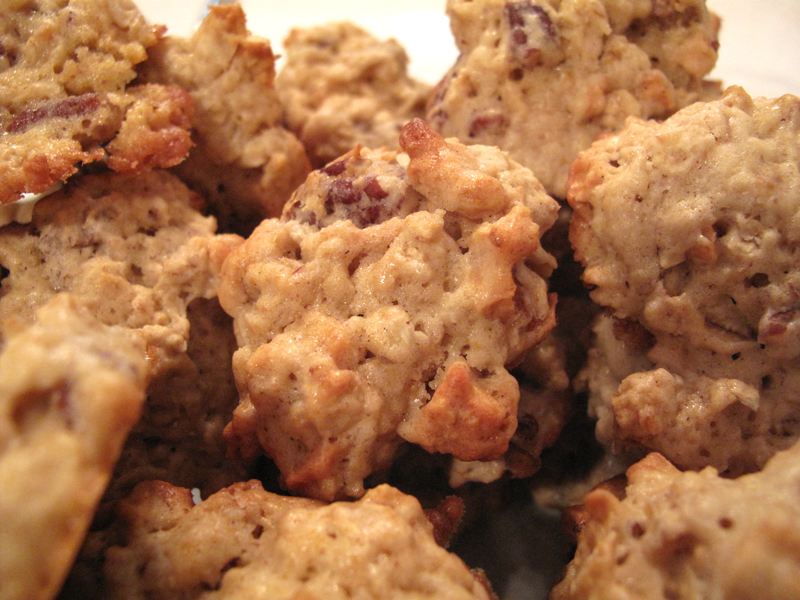 We’re getting rain after about a month of dry weather. I’m happy about it because I planted some seeds (lettuce, spinach, kale and *gasp* grass seed) and I don’t really like to water the garden. It’s getting cold here, so I have to cut down the basil and make batches of pesto to freeze. I can’t remember what temperature kills basil, but it’s somewhere above freezing. We’re down to the 40s at night, so it’s cutting it close.
We’re getting rain after about a month of dry weather. I’m happy about it because I planted some seeds (lettuce, spinach, kale and *gasp* grass seed) and I don’t really like to water the garden. It’s getting cold here, so I have to cut down the basil and make batches of pesto to freeze. I can’t remember what temperature kills basil, but it’s somewhere above freezing. We’re down to the 40s at night, so it’s cutting it close.